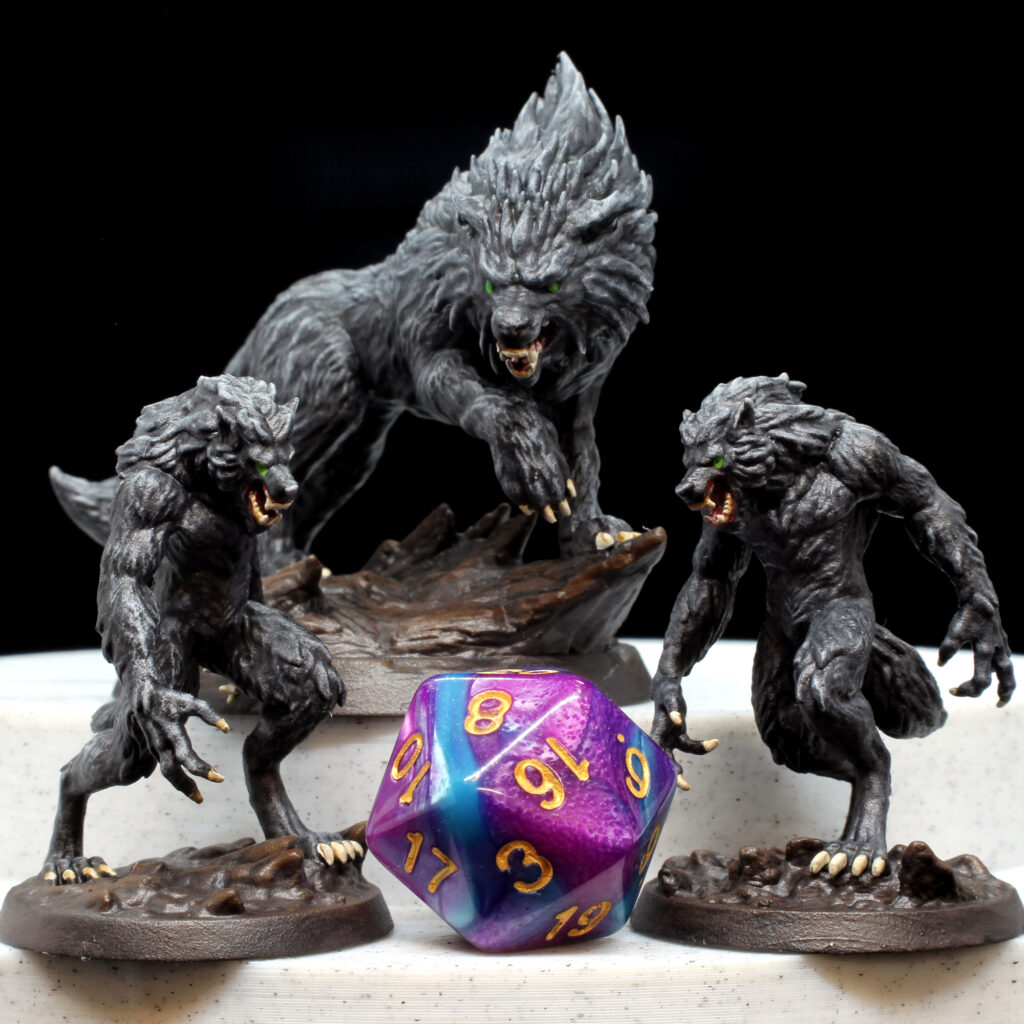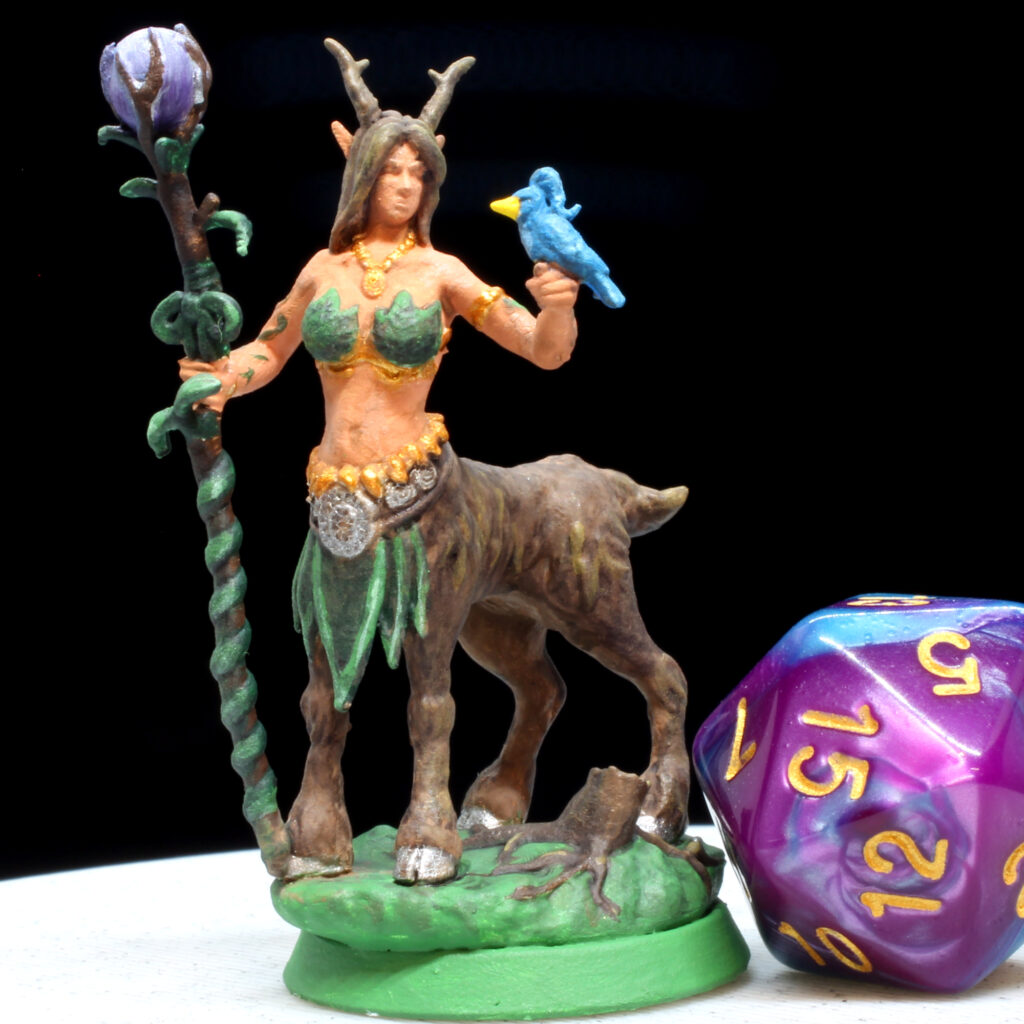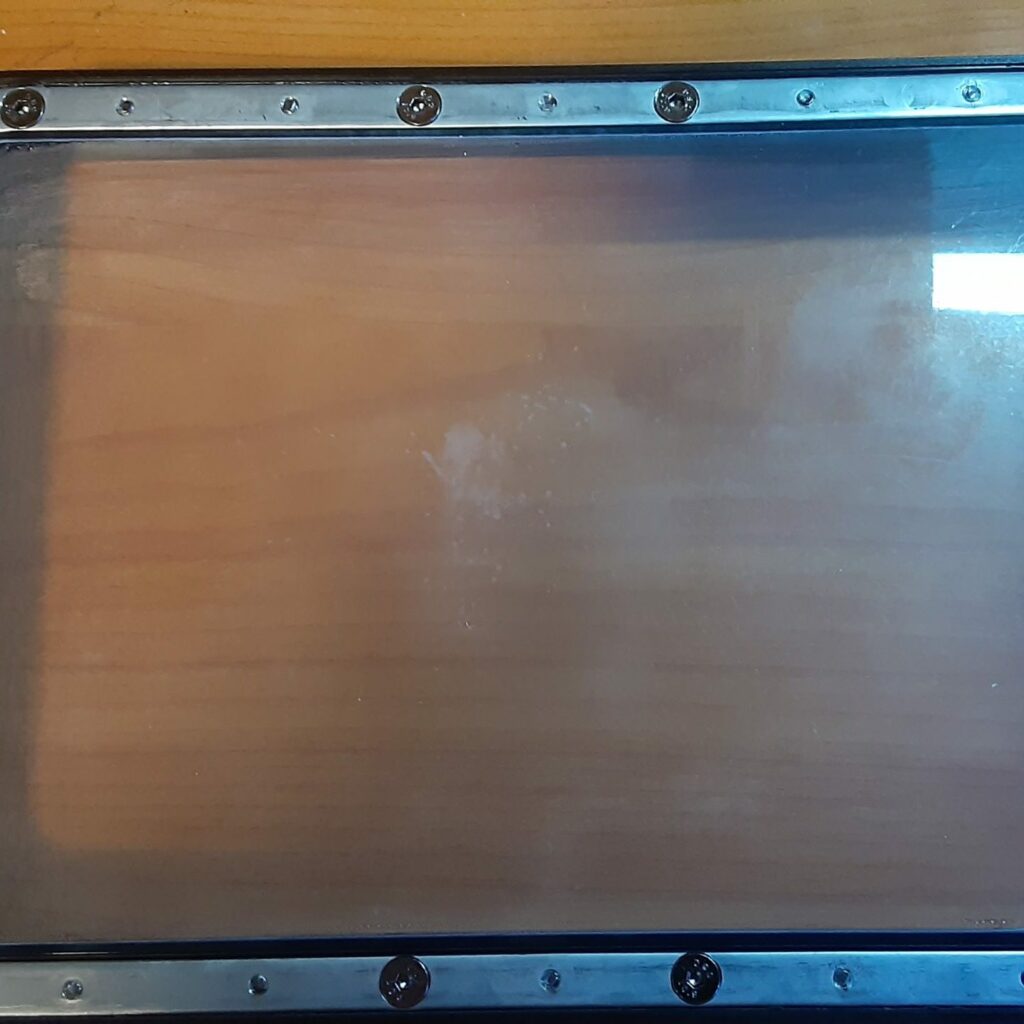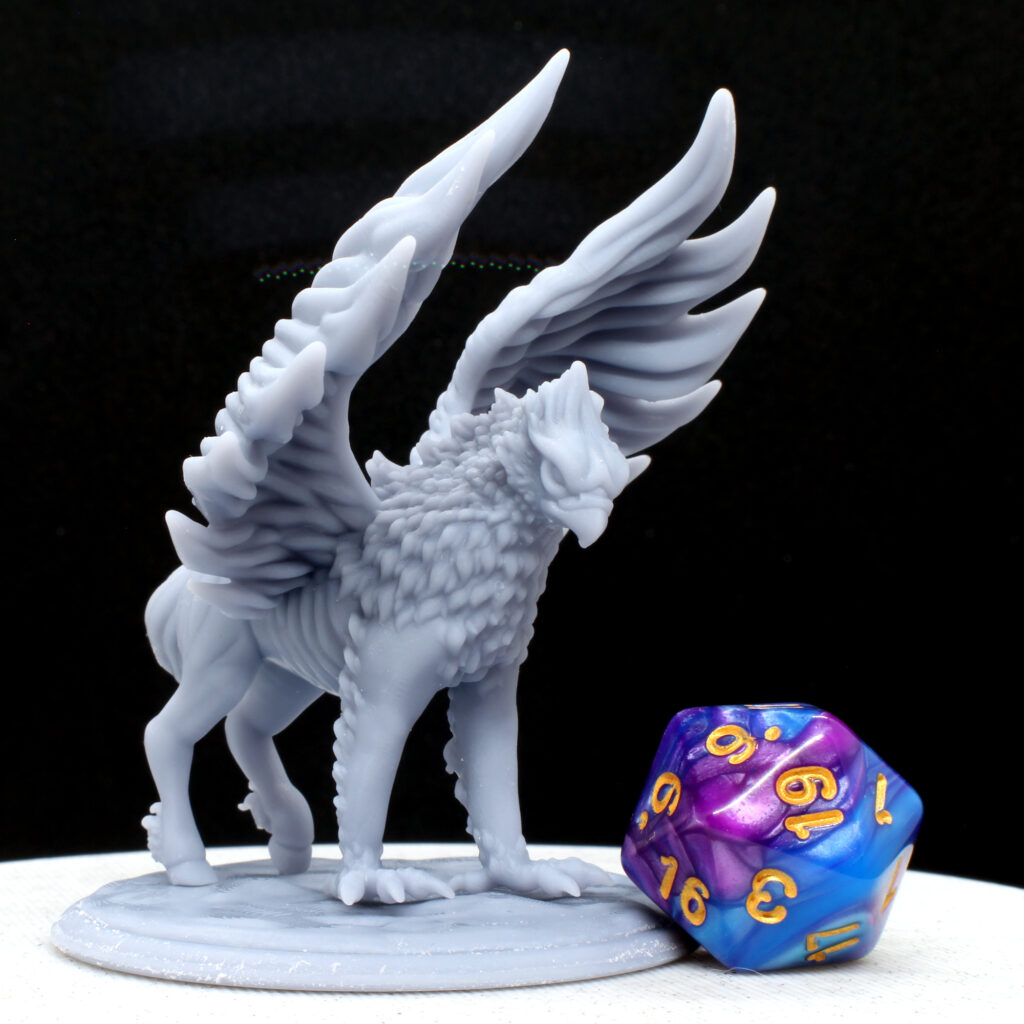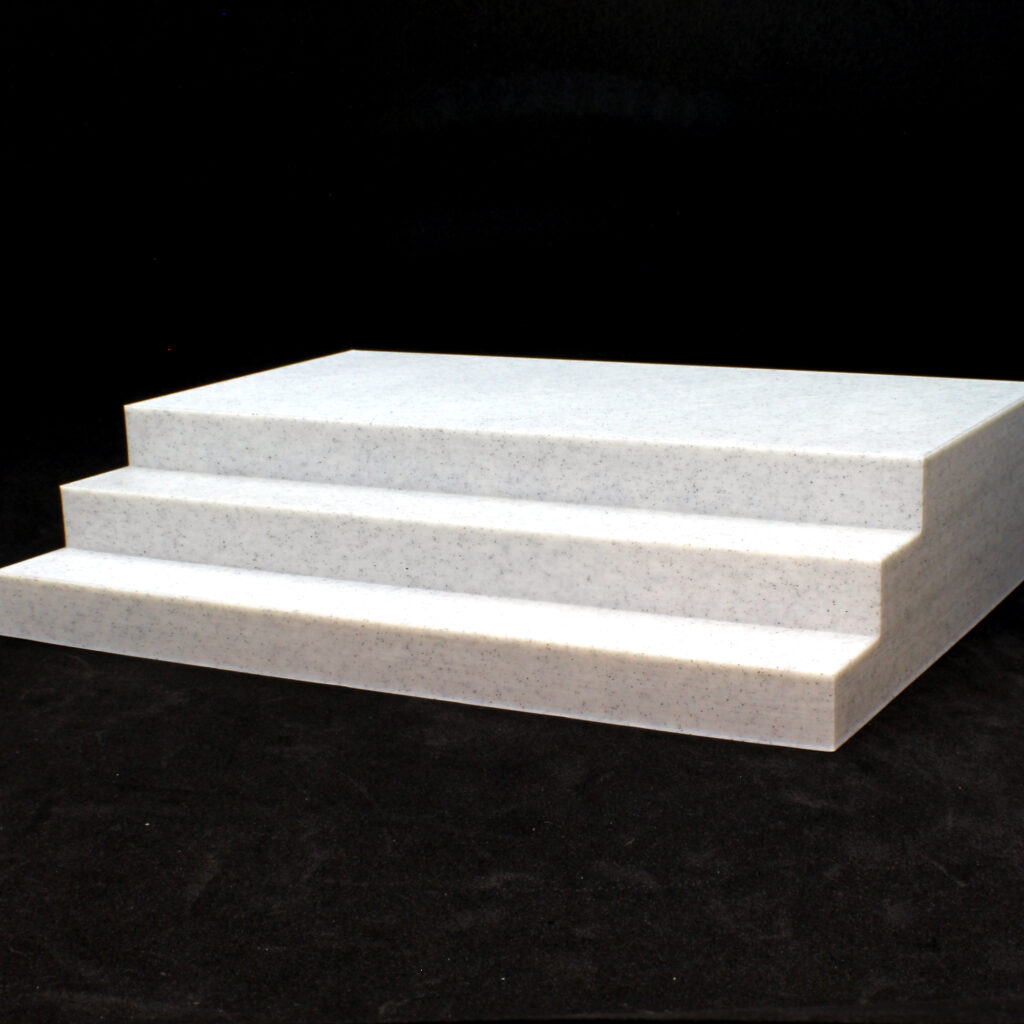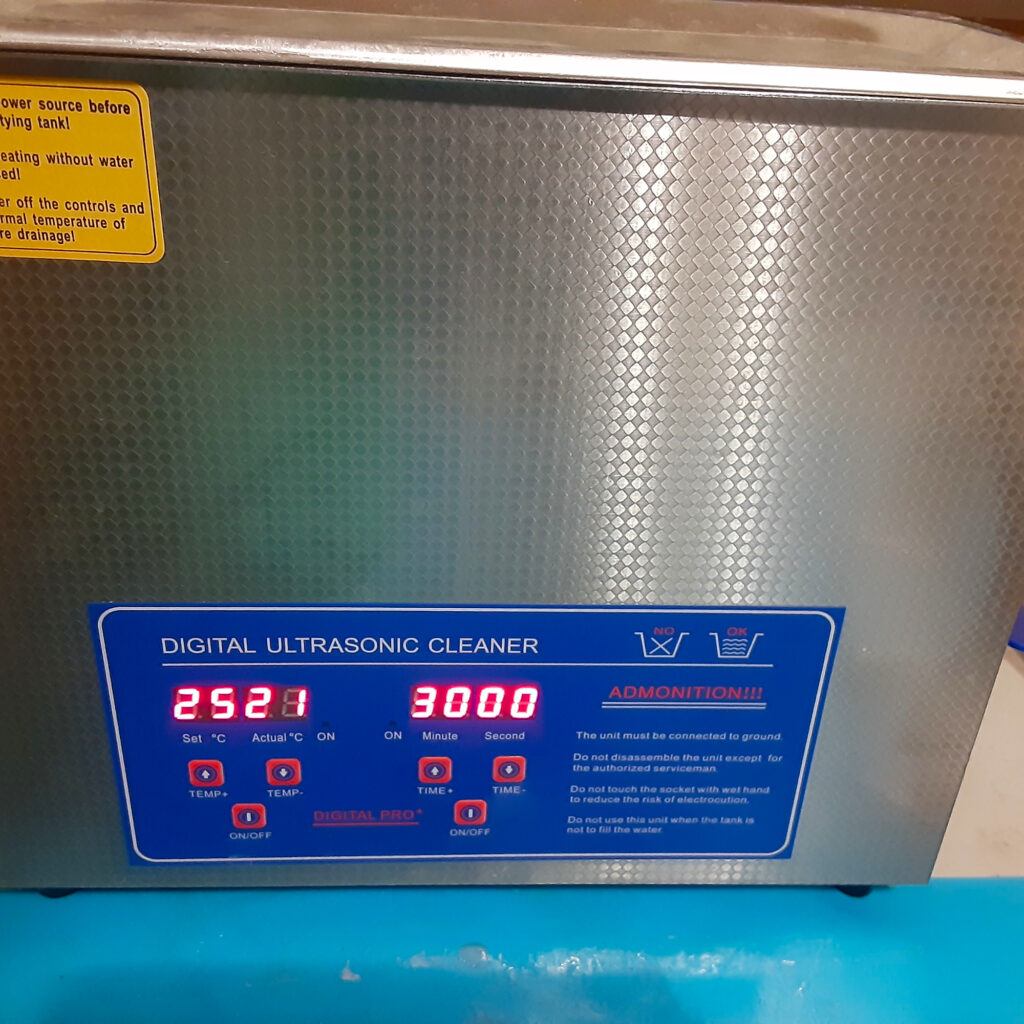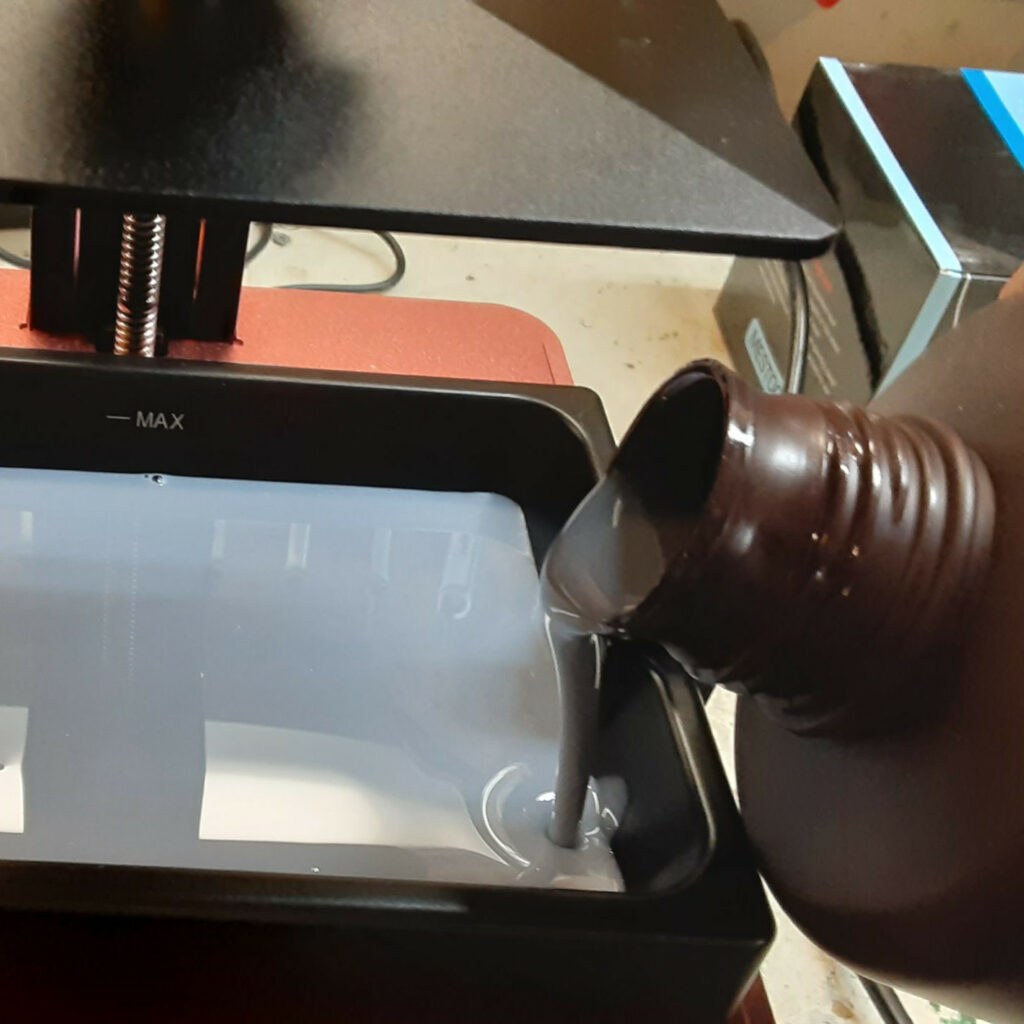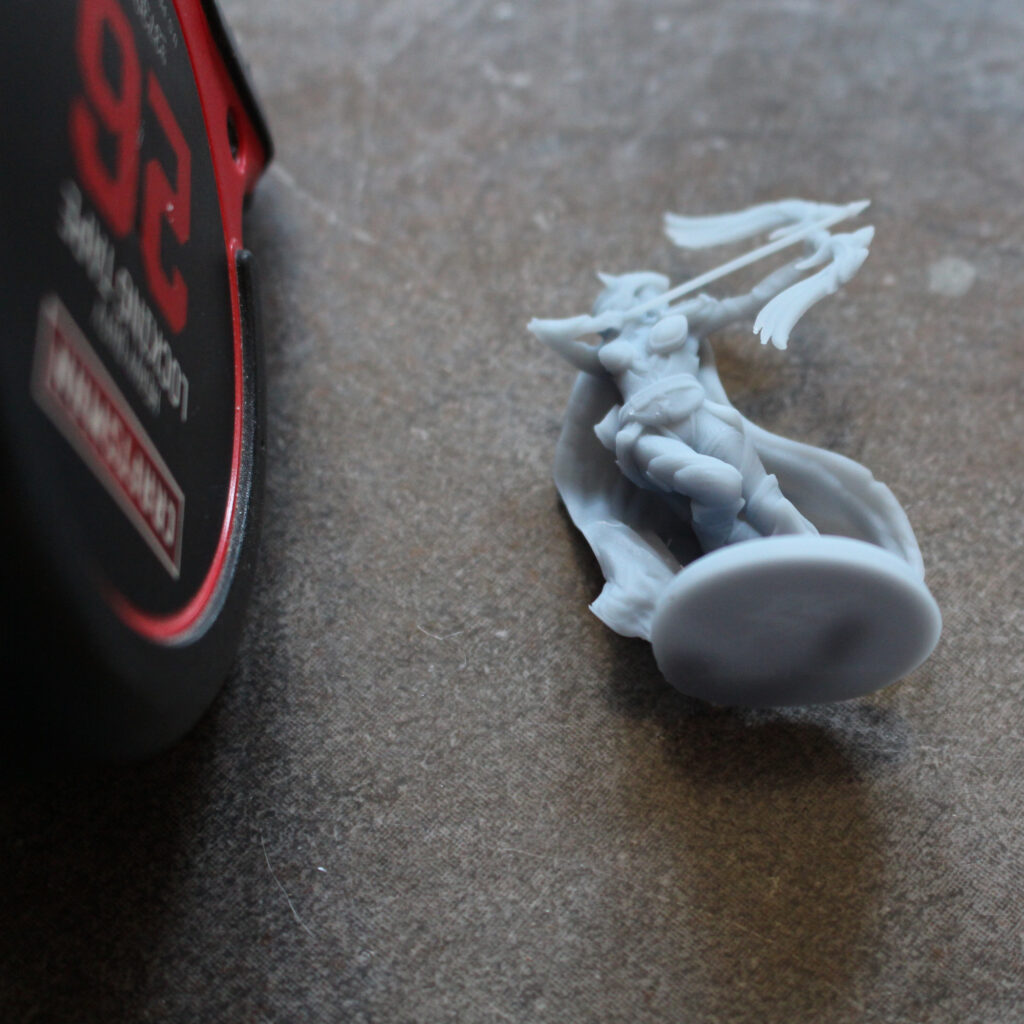In this post, I go over some colors and painting techniques to use to make your 3D-printed miniature look like it was carved from Jade. I use a few simple layers to bring out the texture and details in your 3D-print. I’ll be painting a Kirin model designed by La Louve 3D.
Clicking on the Amazon Associate links in this article helps me pay the bills–and write more articles!
Gather Your Materials
- Paintbrushes: You’ll need at least 2 sizes, including a fine-detailed brush and larger brush. A dry brush would be helpful too. A set like this will have you covered.
- Paints: I like to use Army Painter paints. The colors are bright and bold and the consistency of the paint spreads easily without covering up the fine details of the figure. A starter set of paints, like this one has most of the paints I use in this tutorial. This larger set includes everything that I use here. I’ll also link to the individual paint colors as I use them.
- Magnifying Headset with Light: You need to see what you’re doing!
- Wet Palette: Helps keep your paints from drying out too fast. The cover lets you re-use your paints days later.
- Water Glass: Paper cups work fine.
- Painting Handle: Helps you twist and turn the figure to see it from every angle, without getting paint on your hands.
Step 1: Primer
After you’ve examined your figure and done any sanding or prep work that you want to do, give it a couple light coats of black primer. If you have us primer the figure for you, you can skip this step.

Step 2: Paint the Base Coat
Give your figure a couple light coats of a mid-green color, like Greenskin. Remember, multiple light coats is preferable to one thick coat! Light coats will help preserve the detail of the model, and 2-3 coats helps build up a nice, even coat of paint. Make sure the paint is completely dry before going on to the next step!

Step 3: Shadow Wash
Time to give your figure some depth! A dark ink or shadow wash, like Army Painter’s Dark Tone, sinks into the deeper recesses of the model, helping the texture stand out. After you’ve coated the figure, go back over it and touch your clean brush to any areas where the paint is pooling excessively. The paintbrush will soak up the extra paint; dab it dry on your paper towel and repeat. The goal is to make those deeper areas nice and dark without obscuring any of the details on your model.

Step 4: Dry Brush
Now that the shadows are taken care of, let’s work on the highlights! Give the figure another coat of Greenskin, but this time use your Dry Brush and try to just hit the raised areas of the figure. You want to keep the paint on the brush very light. Use the texture on your paper towel as a guide: when only the raised design on the towel picks up the paint from the brush when you wipe it across, then you’ve got the right amount of paint on the brush.

Step 5: Paint the Details
To bring out the details of the sculpt, like the tips of the Kirin’s horns, mane, tail, and its facial features, I use a mix of Scaly Hide and Greenskin. Working on one area at a time, use the lighter Scaly Hide on the very tips of the area. While the paint is still wet, use Greenskin to make a smooth transition between colors.

Step 6: Protective Clear Coat
Last step! Protect your nice painting job with a protective clear coat. Usually I use a matte coat for miniatures. This allows the specific properties of the paint, such as metallic sparkle or glossy special effects, to come through. Jade Figurines have a very glossy and reflective finish, though, so to mimic this look I use a Glossy Clear Coat.


Both printed and painted versions of the Kirin are available through our Shoppe.

Was this article helpful? Become a Patreon or buy me a coffee and I’ll write more!







